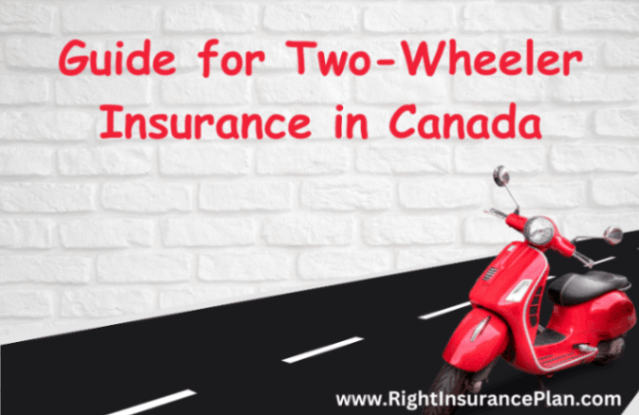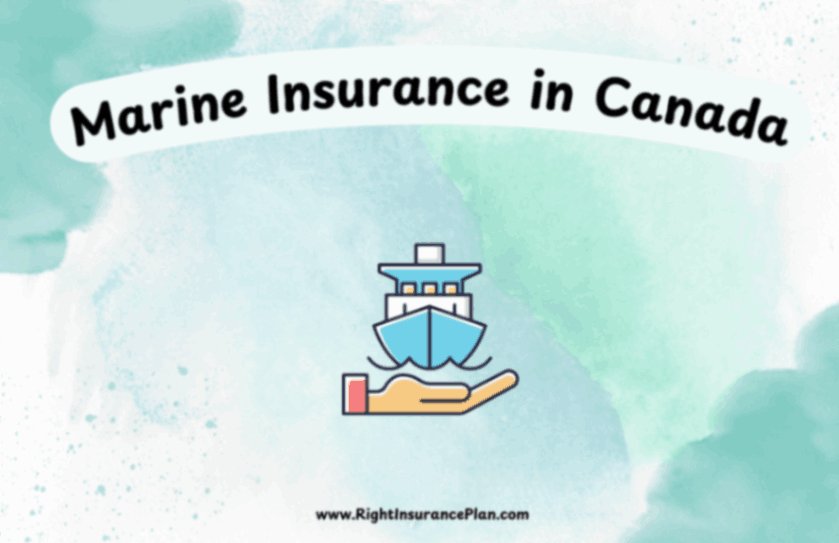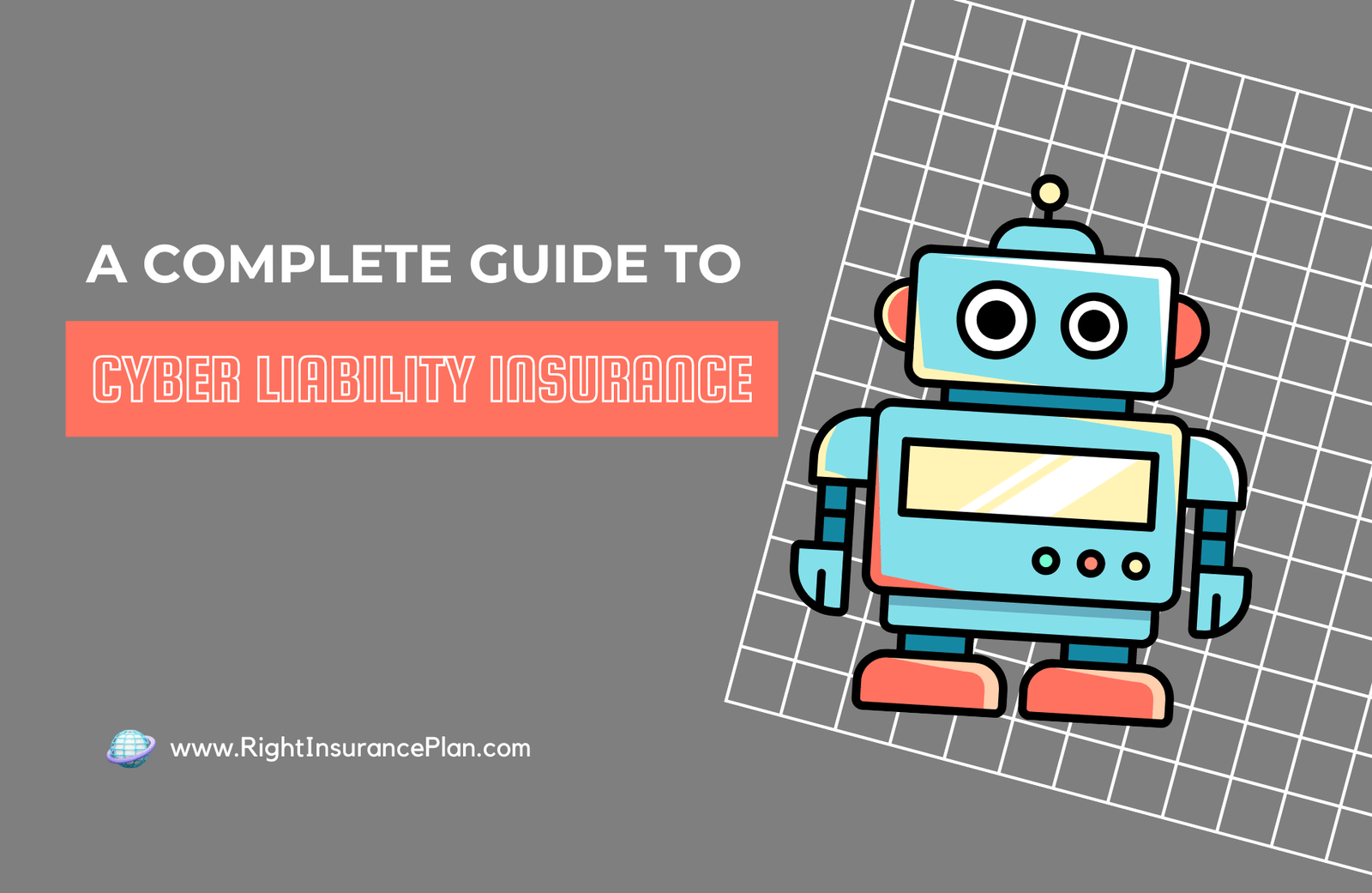
A Complete Guide for Two-Wheeler Insurance in Canada
As the popularity of motorcycles, scooters, and other two-wheelers continues to grow in Canada, understanding the ins and outs of two-wheeler insurance becomes increasingly important. This blog post aims to provide a thorough overview of two-wheeler insurance in Canada, incorporating the latest data and trends as of 2024. Whether you're a seasoned rider or considering your first two-wheeler purchase, this guide will help you make informed decisions about insurance coverage.
The Importance of Two-Wheeler Insurance:
Two-wheeler insurance is not just a legal requirement in Canada; it's a crucial safeguard for riders. According to recent statistics from Transport Canada, motorcycle accidents account for a disproportionate number of severe injuries and fatalities on Canadian roads. In 2023, motorcycles represented only 2% of registered vehicles but were involved in 10% of road fatalities. These sobering numbers underscore the importance of comprehensive insurance coverage for two-wheeler enthusiasts.
Types of Two-Wheeler Insurance in Canada:
1. Mandatory Liability Coverage:
Every province in Canada requires a minimum level of liability coverage for two-wheelers. This coverage protects you financially if you're at fault in an accident that causes injury or property damage to others. The minimum required coverage varies by province, but typically ranges from $200,000 to $500,000. However, many insurance experts recommend opting for higher limits, given the potential for significant damages in motorcycle accidents.
2. Collision Coverage:
This optional coverage pays for damage to your two-wheeler if you're in a collision with another vehicle or object, regardless of fault. Given the high repair costs for motorcycles, collision coverage can be a wise investment, especially for newer or more expensive bikes.
3. Comprehensive Coverage:
Comprehensive insurance protects your two-wheeler from non-collision-related incidents such as theft, vandalism, fire, or natural disasters. With motorcycle theft rates in major Canadian cities showing an uptick in recent years (a 12% increase in 2023 compared to 2022), comprehensive coverage has become increasingly popular among riders.
4. Accident Benefits:
This coverage provides compensation for medical expenses, lost income, and other costs if you're injured in a motorcycle accident, regardless of who is at fault. The extent of accident benefits can vary significantly between provinces, so it's essential to understand your local regulations.
5. Uninsured/Underinsured Motorist Coverage:
This protects you if you're in an accident with a driver who doesn't have insurance or doesn't have enough coverage to pay for your damages and injuries.
Latest Trends and Data:
Premium Costs:
According to the Insurance Bureau of Canada (IBC), the average annual premium for two-wheeler insurance in Canada as of 2024 is approximately $1,200.
- Location: Urban areas generally have higher premiums due to increased traffic and theft risks.
- Type of two-wheeler: Sport bikes typically cost more to insure than cruisers or standard motorcycles.
- Rider's age and experience: Younger and less experienced riders face higher premiums.
- Driving record: A clean record can lead to significant discounts.
- Usage: Seasonal riders who only use their bikes for a few months a year may qualify for lower rates.
Recent data shows that premiums have increased by an average of 5% in 2024 compared to the previous year, largely due to rising repair costs and an increase in severe accident claims.
Seasonal Considerations:
Given Canada's climate, many riders are seasonal, using their two-wheelers primarily in the warmer months. Insurance companies have responded to this trend by offering flexible policies that allow for reduced coverage during off-season months. Some insurers report that up to 60% of their two-wheeler policyholders opt for some form of seasonal adjustment to their coverage.
Technology and Insurance:
The integration of technology in two-wheeler insurance has been a significant trend in recent years. Usage-based insurance (UBI) programs, which use telematics devices to monitor riding habits, have gained popularity. These programs can offer discounts of up to 25% for safe riders. In 2023, approximately 15% of insured two-wheeler riders in Canada participated in UBI programs, a figure expected to rise to 20% by the end of 2024.
Electric Two-Wheelers:
With the growing popularity of electric motorcycles and scooters, insurers have had to adapt their policies. While electric two-wheelers often qualify for eco-friendly discounts (averaging 10-15% off standard premiums), they can be more expensive to insure due to higher repair and replacement costs. The number of insured electric two-wheelers in Canada doubled in 2023 compared to the previous year, indicating a rapidly growing market segment.
Provincial Variations:
Insurance regulations and costs can vary significantly across Canadian provinces. For example:
- Quebec: Offers a public insurance plan for bodily injury coverage, which tends to keep overall insurance costs lower than in other provinces.
- Ontario: Has some of the highest average premiums due to a combination of dense urban areas and high claim rates.
- British Columbia: Recently transitioned to a no-fault insurance system, which has led to changes in how premiums are calculated and benefits are paid out.
Tips for Lowering Your Premium:
1. Take a Motorcycle Safety Course: Many insurers offer discounts (typically 10-15%) for riders who complete approved safety courses.
2. Increase Your Deductible: Opting for a higher deductible can lower your monthly premiums, but make sure you can afford the out-of-pocket expense if you need to make a claim.
3. Bundle Policies: Combining your two-wheeler insurance with other policies (like home or auto) can lead to multi-policy discounts, often in the range of 10-20%.
4. Install Anti-Theft Devices: Using approved locks, alarms, or GPS trackers can qualify you for discounts, typically 5-10% off your comprehensive coverage.
5. Shop Around: Insurance rates can vary significantly between providers. The IBC recommends getting quotes from at least three different insurers before making a decision.
6. Consider Usage-Based Insurance: If you're a safe rider, a UBI program could lead to substantial savings.
7. Ride Seasonally: If you only ride for part of the year, look for policies that offer reduced coverage during off-seasons.
Claims Process and Considerations:
Understanding the claims process is crucial for all two-wheeler owners. In 2023, the average claim processing time for two-wheeler insurance in Canada was 14 days, a slight improvement from 16 days in 2022. However, complex claims involving severe injuries or disputes can take significantly longer to resolve.
To ensure a smooth claims process:
1. Document Everything: Take photos at the accident scene and collect contact information from witnesses.
2. Report Promptly: Most insurers require accidents to be reported within 24-48 hours.
3. Keep Records: Maintain a file of all communications with your insurer and any repair estimates or medical bills.
4. Understand Your Policy: Familiarize yourself with your coverage limits and any exclusions before you need to make a claim.
Future Outlook:
The two-wheeler insurance landscape in Canada is expected to continue evolving. Key trends to watch include:
- Increased personalization of policies based on individual riding habits and risk profiles.
- Greater integration of AI and machine learning in risk assessment and claims processing.
- More emphasis on accident prevention through advanced rider assistance systems and their impact on insurance premiums.
- Continued growth in the electric two-wheeler market and corresponding adjustments in insurance offerings.
Conclusion:
Two-wheeler insurance in Canada is a complex but essential aspect of motorcycle ownership. By understanding the types of coverage available, staying informed about current trends, and implementing smart strategies to manage your premiums, you can ensure that you're adequately protected while enjoying the freedom of the open road. Remember, the cheapest policy isn't always the best – the goal is to find coverage that provides the right balance of protection and affordability for your specific needs. As the two-wheeler landscape continues to evolve, staying informed and regularly reviewing your coverage will help you make the best decisions for your riding lifestyle.
You can also check the information regarding Car Insurance In Canada
FAQs:
1. Is two-wheeler insurance mandatory in Canada?
Yes, liability insurance is mandatory for all motorcycles and scooters in Canada. The minimum required coverage varies by province.
2. What factors affect your two-wheeler insurance premium?
Factors include your age, riding experience, location, type of motorcycle, usage, driving record, and chosen coverage options.
3. Can you insure a modified motorcycle?
Yes, but modifications may affect your premium. Always inform your insurer about any modifications to ensure proper coverage.
4. Do you need insurance for off-road motorcycles?
Off-road motorcycles used exclusively on private property typically don't require insurance, but it's recommended for personal protection.
5. How can you lower your two-wheeler insurance costs?
Take safety courses, increase your deductible, bundle policies, install anti-theft devices, and consider usage-based insurance programs.
6. What's the difference between comprehensive and collision coverage?
Collision covers damage from accidents with other vehicles or objects, while comprehensive covers non-collision incidents like theft or weather damage.
7. Can you get seasonal coverage for your motorcycle?
Many insurers offer flexible policies allowing reduced coverage during off-season months when you're not riding.
8. How does a motorcycle safety course affect your insurance?
Completing an approved safety course can often lead to discounts on your insurance premium, typically 10-15%.
9. What should you do if you’re in a motorcycle accident?
Ensure everyone's safety, call the police if necessary, document the scene, collect witness information, and contact your insurance company promptly.
10. Are electric motorcycles more expensive to insure?
They can be, due to higher repair and replacement costs, but may also qualify for eco-friendly discounts.



